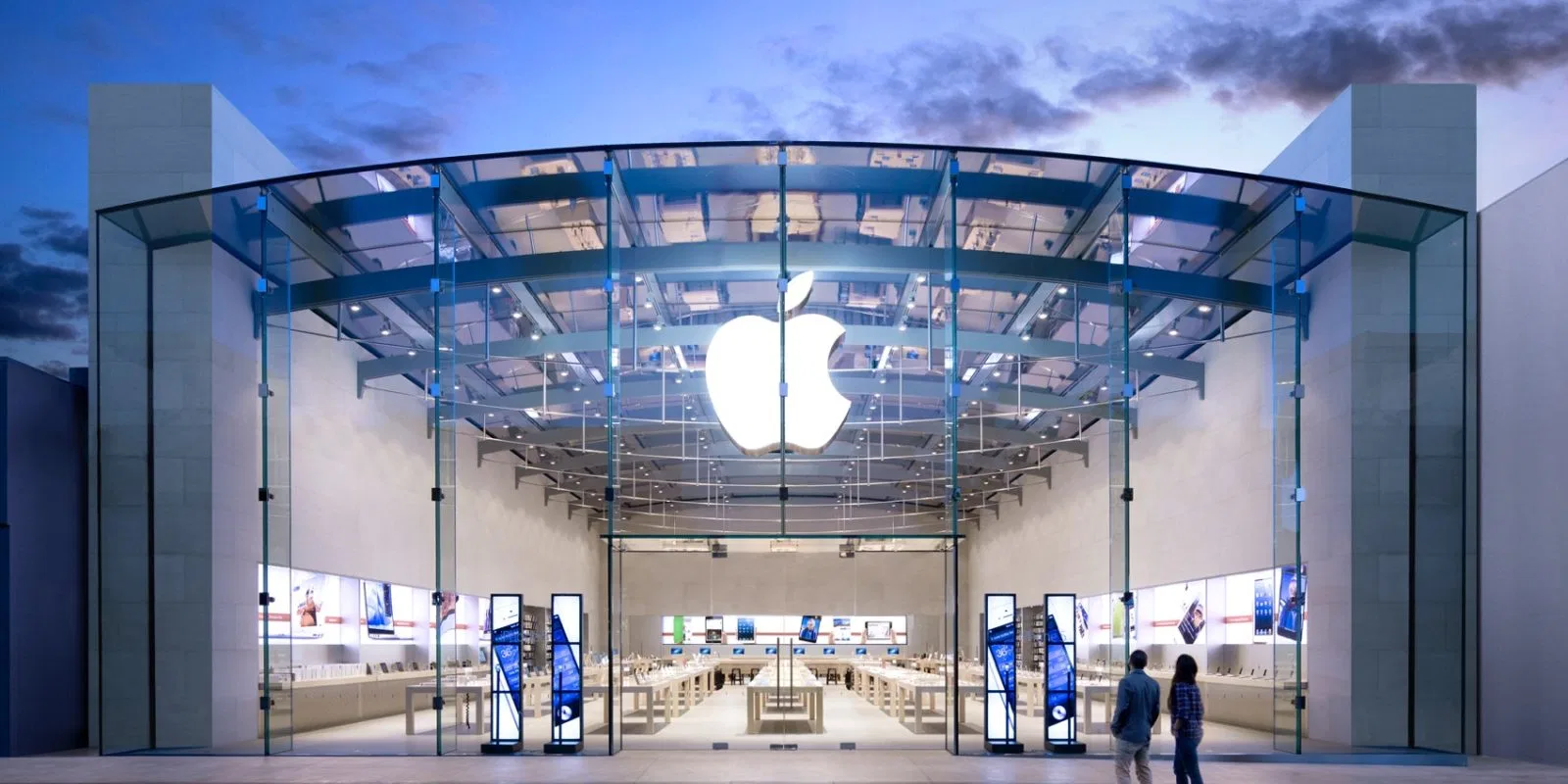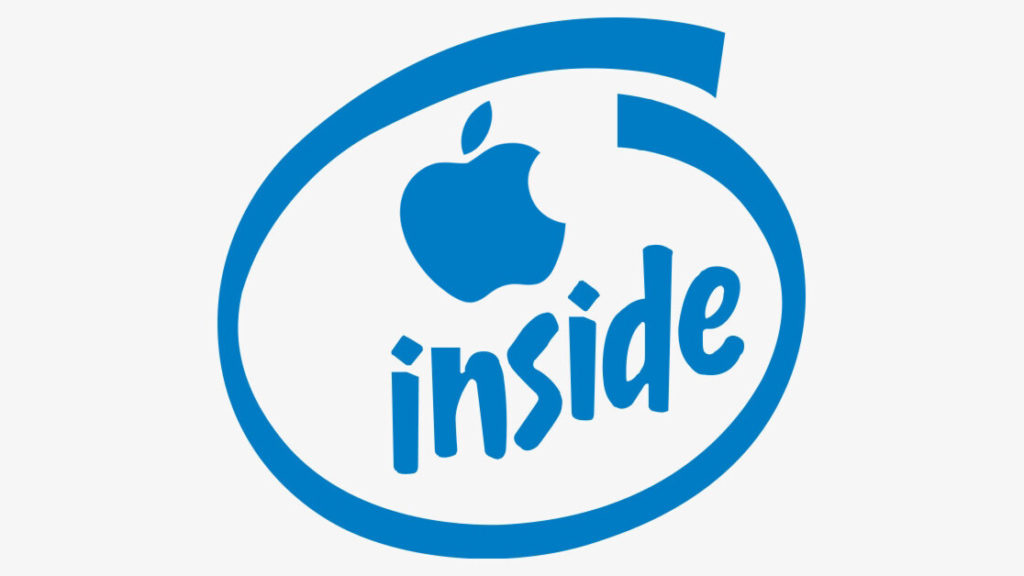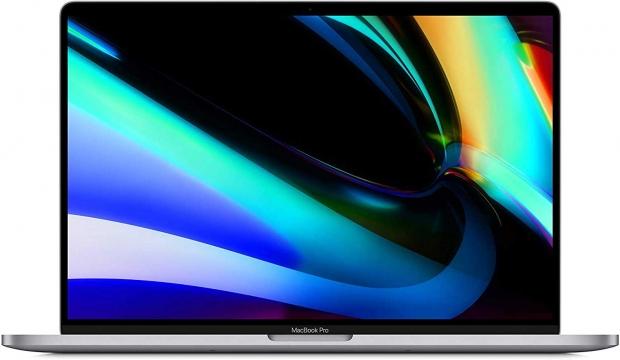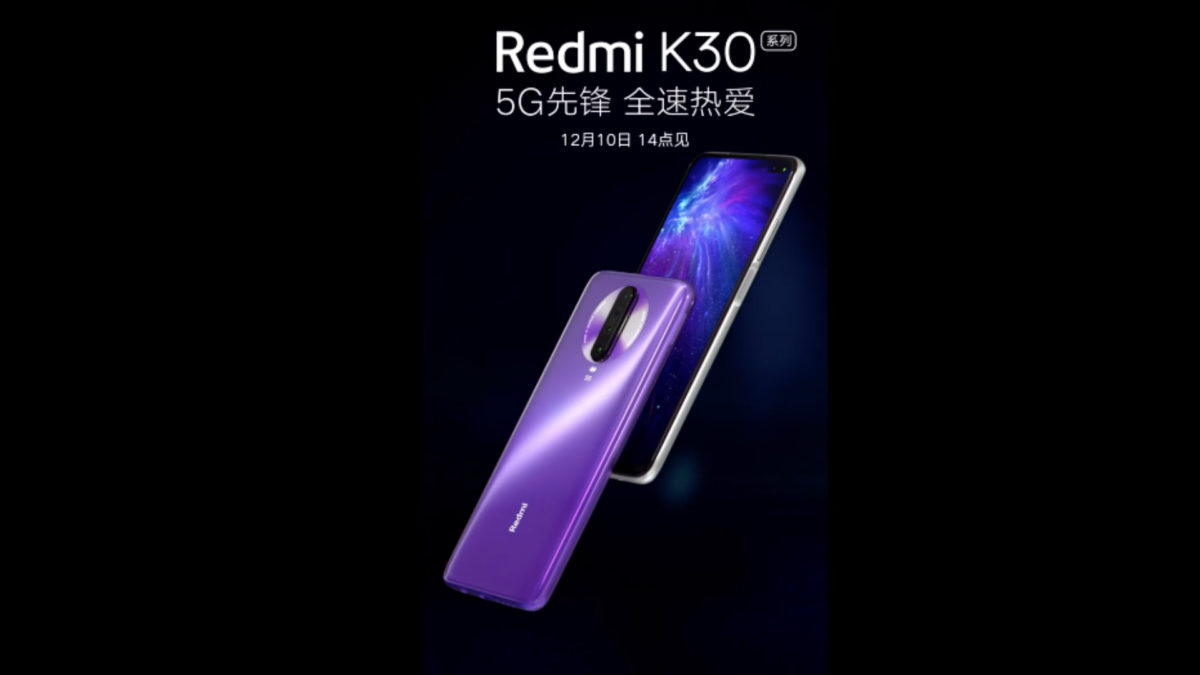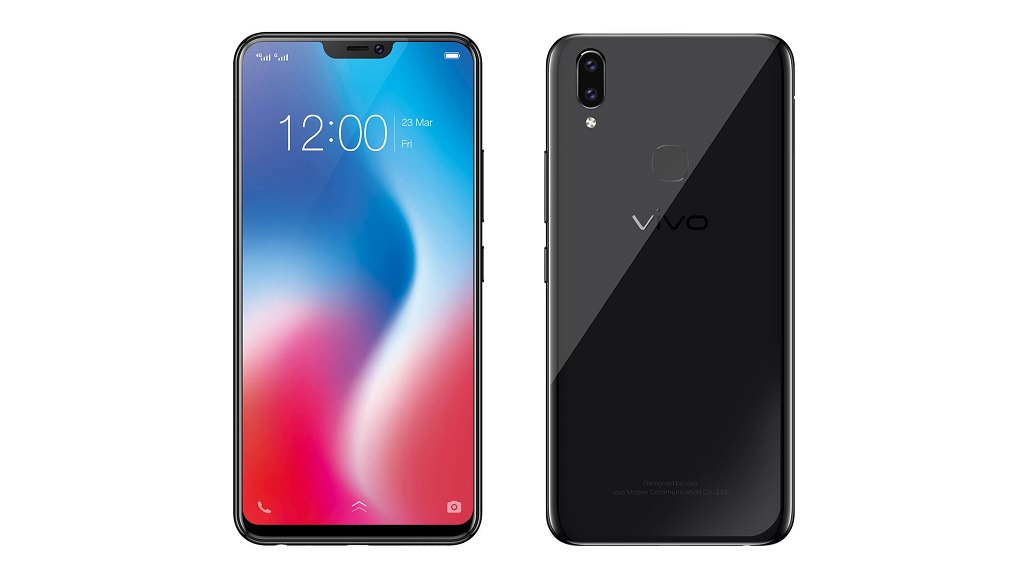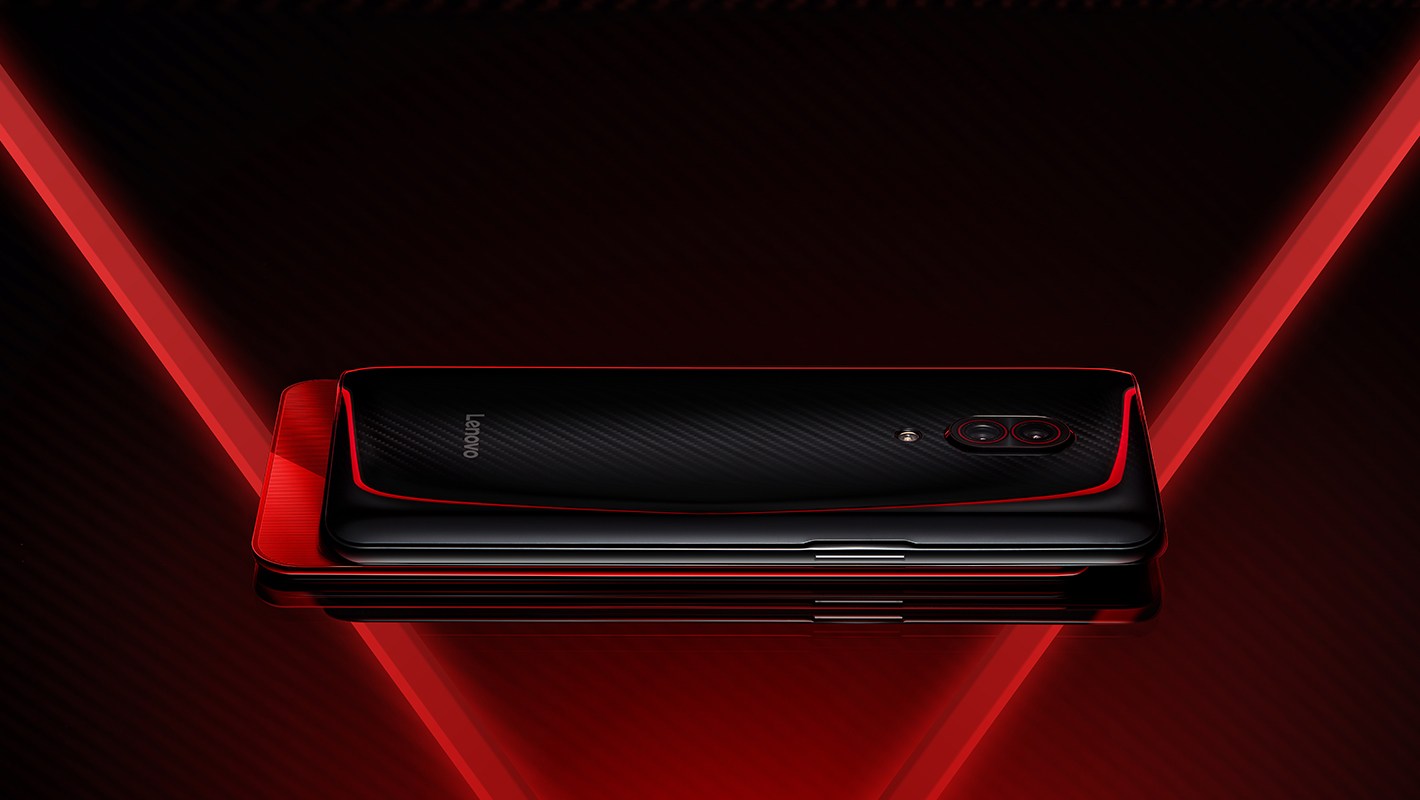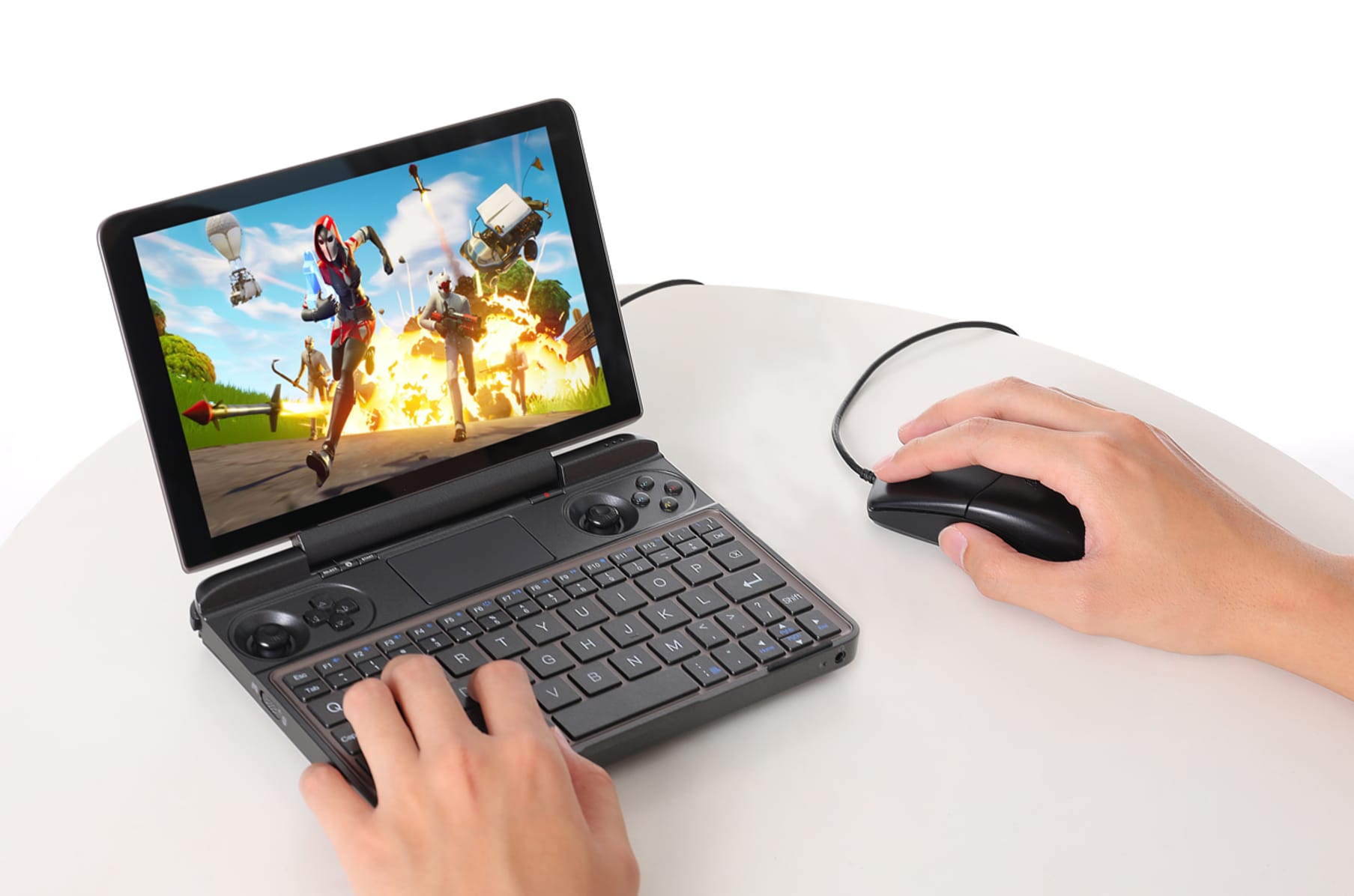Apple Inc is planning to start selling the upcoming Mac computers with its main processors by 2021. They are mainly relying on designs that helped popularize the iPhone and iPad, as stated by people familiar with the matter. The Cupertino, a California-based technology giant is working on three of its own Mac processors, known as systems-on-a-chip, which is based on the A14 processor that will be featured on the next iPhone. People believe that the first of these will be much faster than the processors in the iPhone and iPad.
Apple trying to move away from Intel
People are saying that Apple is planning to release at least one Mac with its chip in 2021. The initiative to develop these multiple chips, which are codenamed as Kalamata, suggests that the company is aiming to transition more of its Mac lineup away from its current supplier Intel Corp. It is speculated that Apple has partnered up with Taiwan Semiconductor Manufacturing Co to build the new Mac chips which are also Apple’s partner for iPhone and iPad processors. It is believed that the components will be based on a 5-nanometer production technique, which is the same size Apple will use in the next iPhones and iPad Pros.
To gain greater control over the performance of its devices and differentiate from its competitors Apple has decided to design more of its chips. It will be easier for the company to unify its apps ecosystem and update its computers often by getting their Macs, iPhones, and iPads running the same underlying technology. This move would also reduce their reliance on Intel, and Intel has also struggled in maintaining the annual increases in performance it once offered.
“This news has negative longer-term implications for Intel, in-line with our concerns around Intel’s future market share,” Brad Gastwirth, who is the chief technology strategist at Wedbush Securities, wrote in a note to investors. Shares of the chipmaker fell as much as 2.2 percent on Thursday while the rest of the market rose.
Apple’s current mobile device chips have multiple processing cores that can handle different types of tasks. The latest iPad Pro features four cores for performance-intensive workloads and another four cores to handle low-power tasks which will preserve battery life. The first Mac processors will supposedly have eight high-performance cores, codenamed as Firestorm, and at least four energy-efficient cores, codenamed as Icestorm. People are also saying that Apple is also exploring Mac processors with more than 12 cores for the future.
It is said that in some macs Apple’s designs will either double or quadruple the number of cores than that of Intel. For example, the current entry-level MacBook Air has two cores. Just like Qualcomm Inc and other companies in the mobile semiconductor industry, Apple also designs its smartphone chips with technology from Arm Inc, which is owned by SoftBank Group Corporation. These components mostly use less energy compared to what Intel offers. But in recent times, Arm customers have made processors that are also more powerful.
The transition to Apple processor designs would likely begin with a new laptop because the company’s first custom Mac chips won’t be able to compete the performance Intel provides for high-end MacBook Pros, iMacs and the Mac Pro PC. The switching from Intel is pretty complex, which requires close collaboration between Apple’s software, hardware, and component-sourcing teams. Due to the work-from-home orders and disruptions in the company’s Asia-based supply chain, the shift might be delayed.
Just like the iPhone, Apple’s Mac processors will also include several components, including the main processor the Central Processing Unit or CPU, and also the GPU, the graphics chip. Apple’s lower-end computers currently use Intel for graphics. It is also partnered with Advanced Micro Devices Inc for the graphics cards for its professional-focused offerings.
Its been many years since the Kalamata project has been started. In 2018, Apple developed a Mac chip based on the iPad Pro’s A12X processor for internal testing. This gave the company’s engineers the confidence they needed to begin replacing Intel in Macs as early as 2020, Bloomberg News reported. Apple has also started designing the 2nd generation of Mac processors which will follow the architecture of chips planned for the 2021 iPhone. That depicts that Apple wants to put all of its Macs, iPhones, and iPads on the same processor development cycle.
Despite unified chip design, Macs will still run the macOS operating system, rather than the iOS software of the iPhone and iPad. Apple is still exploring tools that can ensure that the apps developed for older Intel-based Macs work on the new machines too. The company also has a technology called Catalyst that lets software developers build an iPad app that can run on Mac computers.
Moving macOS from Intel’s chip architecture to an Arm-based design will be a technical challenge. Microsoft Corp also stumbled with a similar effort. The changes will be a blow to Intel’s prestige. Apple co-founder Steve Jobs and the late Intel CEO Paul Otellini stood on stage in 2005 to announce the first Macs with Intel processors. The decision was praised for several years, resulting in capable computers such as the original Mac Pro in 2006, the second-generation MacBook Air in 2010, and the thinner MacBook Pro in 2012.
But in recent times, the pace of Mac upgrades has declined, a part of it is due to a slowdown in Intel’s chip advancements. This has upset the customer during the years between Mac refreshes. Intel has faced manufacturing challenges and Apple has blamed them for some declines in Mac sales.
Kalamata is Apple’s most ambitious computer chip initiative to date. It presently offers specific chips for Mac features, such as the security and power management, which also work alongside the main Intel processors. Apple also aims to stop using Intel cellular modems — chips that connect smartphones to the internet and support calls — after using them for only four years. Apple has planned to use 5G modems from Qualcomm in at least four new iPhone models later this year. Apple also acquired Intel’s modem business last year after striking the short-term supply deal with Qualcomm.
